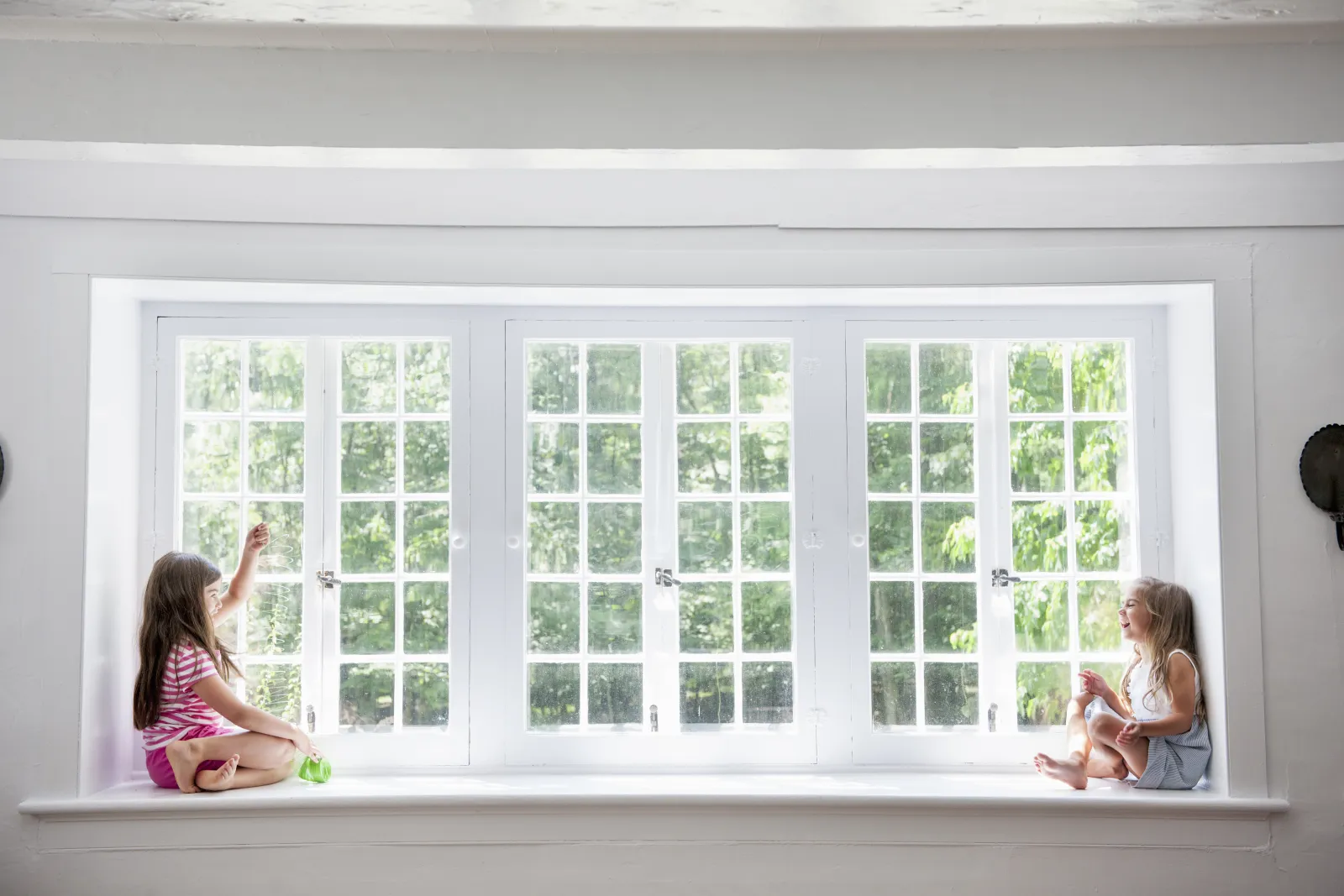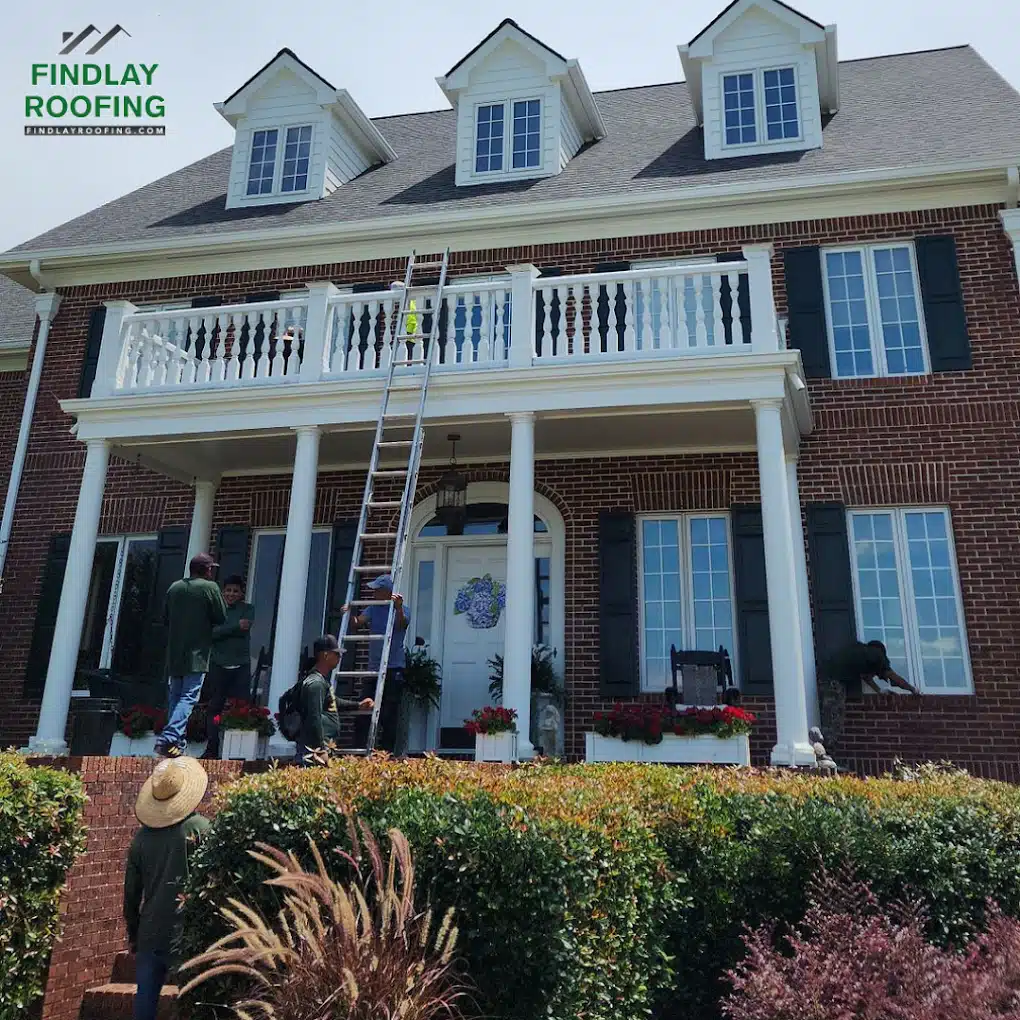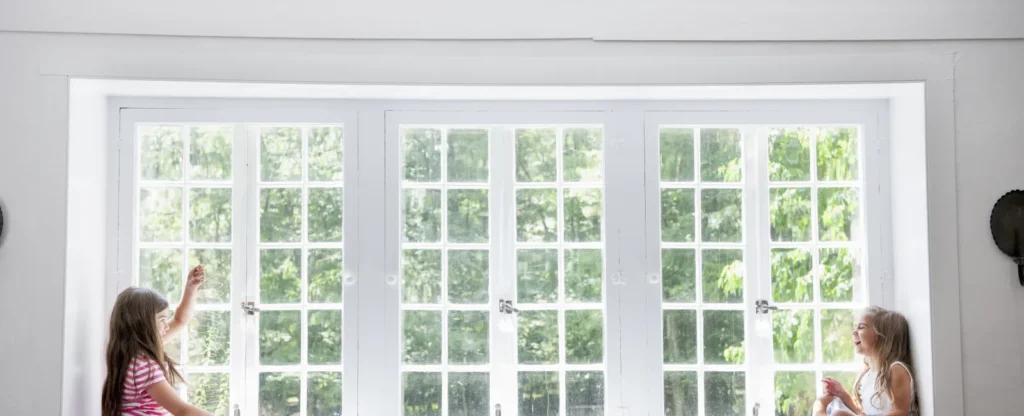The choice of windows plays a pivotal role in creating a comfortable and energy-efficient home. The debate between window materials, such as vinyl vs. fiberglass and vinyl vs. aluminum, often leaves homeowners perplexed. Incorporating the intricacies of composite windows and the advantages of low e glass can further complicate the decision-making process. We will explore how to select the most effective windows for retaining heat, examining the advantages and disadvantages of different materials and technologies.

Vinyl vs Fiberglass Windows
The ongoing debate between vinyl and fiberglass windows remains a prominent topic among homeowners looking to improve energy efficiency. Vinyl windows, known for their cost-effectiveness and low maintenance, have recently gained popularity. They provide excellent insulation and are moisture-resistant, making them suitable for various climates.
On the other hand, fiberglass windows boast superior strength and durability. They are known for their minimal expansion and contraction, which ensures a tight seal and enhances energy efficiency. When deciding between vinyl and fiberglass, the choice often concerns budget constraints and specific performance requirements.
Vinyl vs Aluminum Windows
When it comes to energy efficiency, the decision between vinyl and aluminum windows is crucial. Aluminum windows are known for their smooth and cutting-edge appearance but are less effective at retaining heat. Aluminum is highly conductive, which makes these windows more susceptible to heat transfer. On the contrary, vinyl windows have insulating properties that create a barrier, helping to maintain stable indoor temperatures. Homeowners must consider the aesthetic appeal of aluminum versus the superior insulation offered by vinyl when making this decision.
Composite Windows
For those seeking a middle ground between different window materials, composite windows emerge as a compelling option. Composite windows, made from a combination of materials such as wood fibers and thermoplastics, offer the advantages of both.
They offer the strength of fiberglass and the aesthetic warmth of wood. Composite windows are moisture-resistant, making them an excellent choice for humid climates. The versatility of composite windows enables homeowners to enjoy the benefits of different materials without sacrificing performance.
Low E Glass Technology
Low E glass technology has become a game-changer in the quest for energy-efficient windows. The glass with low emissivity is coated with an inexhaustible layer of metal oxide that allows light to pass through while reflecting heat. This technology significantly reduces heat transfer through windows, making homes more comfortable and energy-efficient. Homeowners can choose between single, double, or triple-pane low-E glass, each offering different insulation levels. Implementing low-E glass in windows is a strategic move toward optimizing energy efficiency without compromising natural light.
Choosing the Best Windows
Selecting the most effective windows for heat retention depends on various factors. Homeowners must consider their budget, climate, aesthetic preferences, and desired performance when making home decisions. If cost is a significant factor and maintenance is a concern, vinyl windows may be the ideal choice. Fiberglass windows provide a compelling solution for those prioritizing durability and minimal maintenance. Homeowners seeking a balance between different materials may find composite windows the perfect fit.
The decision hinges on balancing aesthetics and insulation in the vinyl vs aluminum windows debate. While aluminum windows may appeal to those with a modern aesthetic, vinyl windows offer superior heat retention. Low-E glass technology, regardless of the window material chosen, can significantly improve energy efficiency and contribute to a more sustainable home.
When selecting windows for heat retention, the process involves navigating the intricacies of different materials and technologies. When deciding between vinyl and fiberglass, vinyl and aluminum, or exploring the versatility of composite windows, homeowners have many options to consider. Incorporating Low E glass technology enhances the energy efficiency of windows, making them a crucial component in establishing a comfortable and sustainable living environment.
By understanding the differences between these options, homeowners can make informed decisions that align with their individual preferences and contribute to a more energy-efficient home. Contact Findlay Roofing today if you have any questions or are ready to schedule an appointment.


